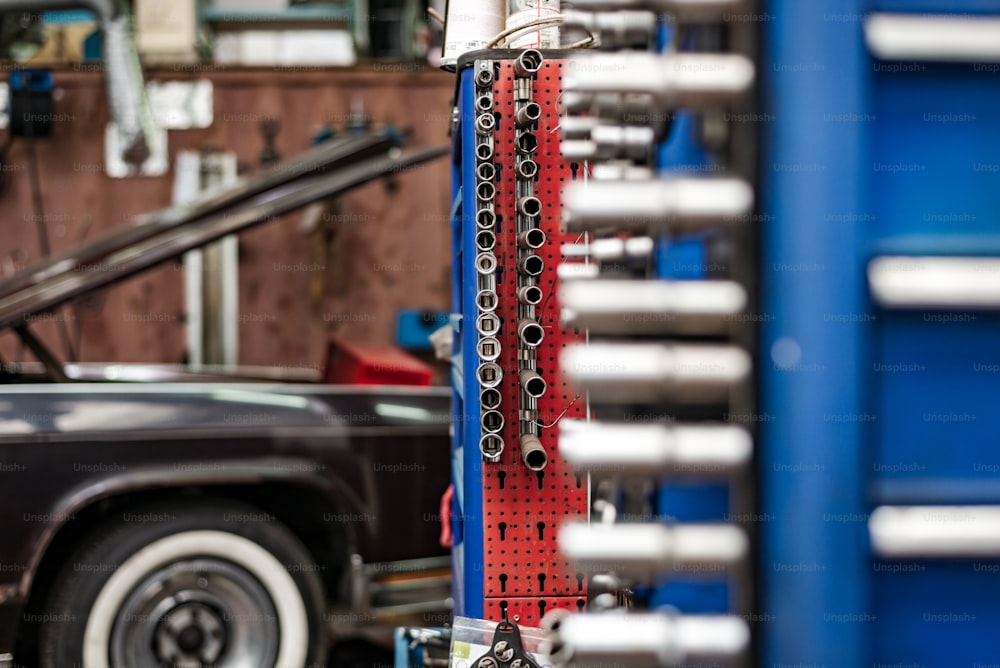circle k merchandise coupons
Merchandise Coupons: Fuel Coupons at Circle K

Image Source: FreeImages
circle k merchandise coupons
Welcome to Circle K, where you can find great deals on merchandise coupons, including fuel coupons. At Circle K, we understand the importance of saving money, and that’s why we offer a variety of coupons and promotions to help you get the most out of your purchases. In this article, we will explore the different types of coupons available at Circle K, with a focus on fuel coupons. Whether you’re a frequent customer or a first-time visitor, this guide will provide you with all the information you need to start saving today.
Table of Contents
- Introduction
- Types of Coupons at Circle K
- Merchandise Coupons
- Fuel Coupons
- How to Find Coupons at Circle K
- Circle K App
- Email Subscriptions
- Social Media
- How to Redeem Coupons at Circle K
- In-Store Redemption
- Online Redemption
- Circle K Rewards Program
- Circle K Privacy Policy
- Frequently Asked Questions
- Conclusion
- References
1. Introduction
At Circle K, we believe in providing our customers with the best value for their money. That’s why we offer a wide range of coupons and promotions to help you save on your purchases. Whether you’re looking for discounts on merchandise or fuel, we have you covered. In this article, we will focus on fuel coupons and how you can take advantage of them to save on your next fill-up.
2. Types of Coupons at Circle K
At Circle K, you can find two main types of coupons: merchandise coupons and fuel coupons. Merchandise coupons offer discounts on various products available at Circle K, including snacks, beverages, and other convenience items. On the other hand, fuel coupons provide savings on gasoline and diesel purchases.
3. How to Find Coupons at Circle K
Finding coupons at Circle K is easy and convenient. Here are a few ways you can discover the latest deals and promotions:
Circle K App
The Circle K app is a great resource for finding coupons and promotions. Simply download the app on your smartphone and create an account. Once you’re logged in, you’ll have access to exclusive offers and discounts. You can browse through the available coupons and redeem them directly from your phone.
Email Subscriptions
Another way to stay updated on the latest coupons at Circle K is by subscribing to their email list. By signing up, you’ll receive regular newsletters with information about upcoming promotions and exclusive discounts. Keep an eye on your inbox for the latest deals!
Social Media
Circle K is active on social media platforms such as Facebook, Twitter, and Instagram. By following Circle K on these platforms, you can stay up-to-date with their latest promotions. Circle K often posts about new coupons and deals, so be sure to check their social media pages regularly.
4. How to Redeem Coupons at Circle K
Once you’ve found a coupon you’d like to use, it’s time to redeem it. Circle K offers two main methods of coupon redemption: in-store and online.
In-Store Redemption
To redeem a coupon in-store, simply present the coupon to the cashier at the checkout counter. The cashier will scan the coupon, and the discount will be applied to your purchase. It’s that easy! Make sure to check the coupon’s expiration date and any other terms and conditions before using it.
Online Redemption
Some coupons at Circle K can be redeemed online. To do this, visit the Circle K website and navigate to the coupon section. Find the coupon you want to use and click on it to reveal the redemption instructions. Follow the instructions provided to apply the coupon to your online purchase. Remember to read the terms and conditions to ensure that you meet all the requirements for online redemption.
5. Circle K Rewards Program
In addition to coupons, Circle K offers a rewards program that allows you to earn points on your purchases. The more points you accumulate, the more rewards you can unlock. To participate in the Circle K rewards program, simply sign up for a Circle K account and start earning points with every purchase. You can redeem your points for various rewards, including free merchandise and fuel discounts.
6. Circle K Privacy Policy
At Circle K, we take your privacy seriously. We have implemented strict privacy policies to protect your personal information. To learn more about how we collect, use, and protect your data, please refer to our Circle K Privacy Policy.
7. Frequently Asked Questions
Q: Can I use multiple coupons on one purchase?
A: It depends on the specific terms and conditions of the coupons. Some coupons may allow stacking, while others may have restrictions. Make sure to read the terms and conditions of each coupon before attempting to use multiple coupons on one purchase.
Q: Do Circle K fuel coupons expire?
A: Yes, Circle K fuel coupons have expiration dates. Make sure to check the expiration date on your coupon and use it before it expires to take advantage of the savings.
Q: Can I use Circle K fuel coupons at any location?
A: Most Circle K fuel coupons are valid at participating locations. However, it’s always a good idea to check the fine print on the coupon or contact your local Circle K store to confirm their acceptance of the coupon.
8. Conclusion
Circle K offers a variety of coupons and promotions to help you save on your purchases. Whether you’re in need of merchandise or fuel, you can find great deals at Circle K. By utilizing the Circle K app, subscribing to their email list, and following them on social media, you can stay updated on the latest coupons and promotions. Remember to check the terms and conditions of each coupon before redeeming it, and take advantage of the Circle K rewards program to earn even more savings. Start saving today at Circle K!
9. References
- Circle K. (n.d.). Contact. Circle K. Retrieved from https://us.circlek.coupons//contact
- Circle K. (n.d.). Circle K Privacy Policy. Circle K. Retrieved from https://www.circlek.com/privacy-policy
- Circle K. (n.d.). Circle K. Circle K. Retrieved from https://www.circlek.com/
- SIX12 Creative. (n.d.). SIX12 Creative. SIX12 Creative. Retrieved from https://six12creative.com/














Recent Comments